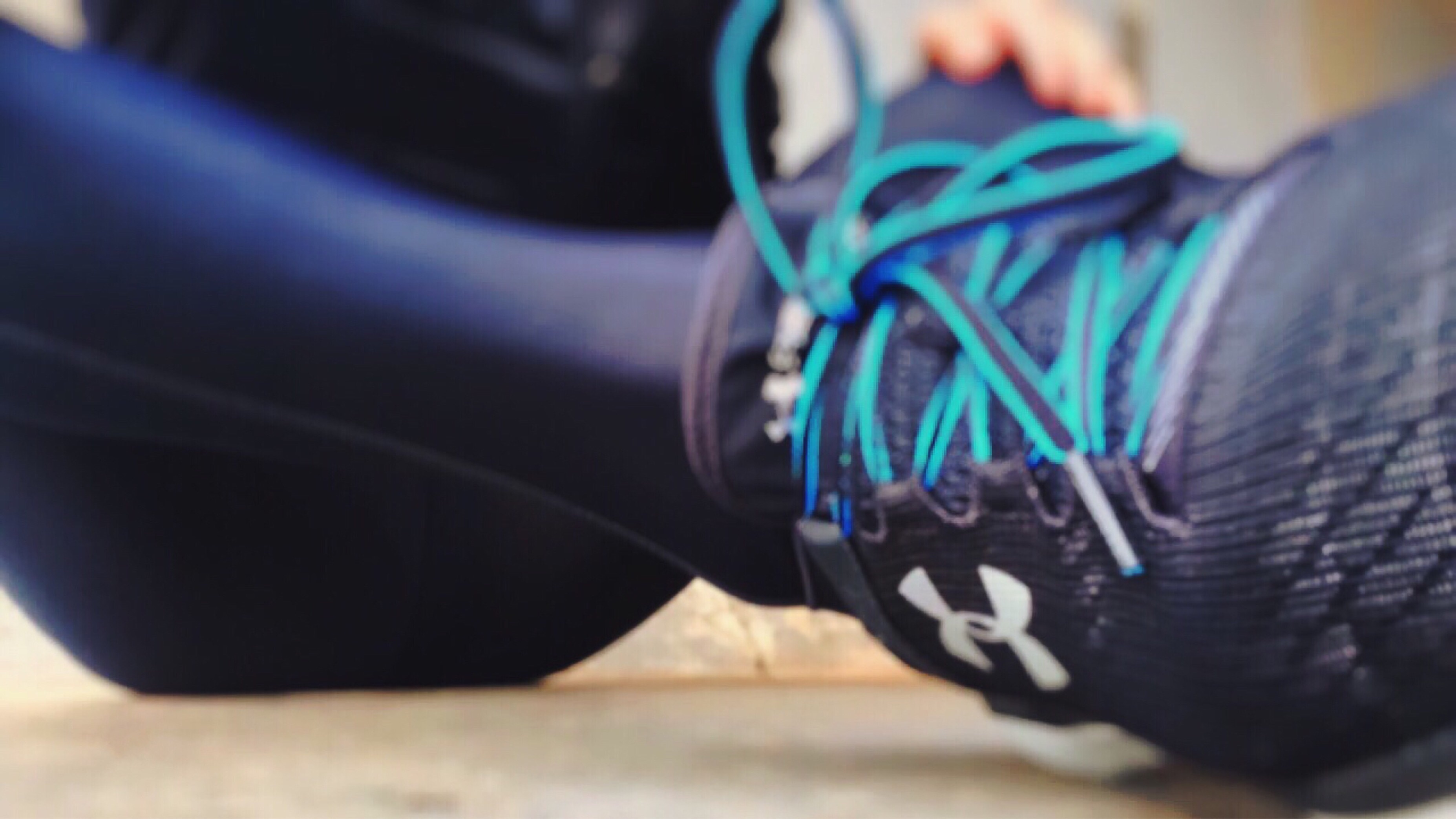Experts estimate that anywhere from 24% to 90% of women experience low back or pelvic-region pain when they are pregnant. Many women find that this pain goes away when the baby is born. However, more than a third of women still have pain 1 year after giving birth. Physical therapy during and after pregnancy can help decrease low back and pelvic pain. Common treatment options include education, exercise therapy, manual therapy, braces, or a combination of these treatments. Learning new ways to per
form home and work activities as well as relaxation techniques can help ease the pain. A study published in the July 2014
issu eof JOSPT reviewed the best published research to better understand the benefits of physical therapy in treating women with back and pelvic pain during and after pregnancy
Read More:
Pregnancy and Physical Therapy
Physical therapy during pregnancy can be useful for remedying common discomforts like back pain or for enhancing your body’s ability to have a smoother pregnancy and birth. Physical therapy is not just for recovery. Talk to your health care provider about incorporating physical therapy into your prenatal care.
The reasons for back pain vary from person to person, but the majority of back pain concerns can be accounted for by one of the following reasons:
- an increase in hormones
- a change in the body’s center of gravity
- gaining additional weight
- a decline in posture
- added stress
Over the last 40 years, the average age of women having their first child has risen from 21.4 to 25 years of age. Due to the fact that many women are juggling both the demands of pursuing higher education and the competitive nature of today’s workforce, more women are having their first child after the age of thirty five.
Ready, Set, Refresh! How Physical Therapy Can Help You Reach Your 2018 Fitness Goals
When the calendar year comes to a close, we often find ourselves physically and mentally depleted from the holidays and the end-of-the-year rush. It’s no wonder that three of the most common self-improvement resolutions uttered as the clock strikes midnight are: eat more healthily, lose weight and commit to a regular exercise program.
January is a great time to press the restart button and revisit our ongoing quest to be better versions of ourselves, and not just because the longstanding New Year’s Eve tradition tells us to. Each year, however, Americans struggle to turn the goals they’ve set out for themselves into long-term change. In fact, according to Statistic Brain Research Institute, of the 41% of Americans who make resolutions each year, just 9.2% successfully achieve their objectives.
When it comes to committing to a regular exercise program, don’t become a statistic! For those looking to make exercise a regular habit, enlisting help in achieving your goals is one way to ensure success. You might consider recruiting an exercise buddy (to make you accountable), using a calendar app to schedule workouts (to dedicate time in your day) or consulting a healthcare professional (to supervise your program and keep you safe).
Physical therapy is a great resource for those interested in beginning a new exercise program or overcoming a nagging injury. Rehab professionals are trained to assess limitations and dysfunction, teach proper body mechanics and prevent—and treat—injuries. Your physical therapist will ask about any issues you’re encountering, evaluate your functional abilities, gather a thorough medical history and discuss your fitness and activity goals.
One rule of thumb is to start slow—particularly if you’re trying a new form of exercise or haven’t been active for some time. And once you start to form the habit of regular activity, mix it up by engaging in multiple activities rather than focusing on one. Many lingering injuries occur because of overuse or repetitive stress, most often at the hands of participating in one activity—such as running or biking—exclusively.
If you’re experiencing pain, inflammation or weakness, make an appointment to be evaluated by a physical therapist. The movement specialist will assess and identify the cause of the nagging injury and teach you how to modify your behavior to distribute stress to different parts of the body and reduce the repetitive nature of your movement patterns.
But that doesn’t necessarily mean putting your resolution to exercise regularly on hold. Your PT can work with you to identify an appropriate fitness program, including the safest frequency, intensity and duration of each workout session. The best part? There will be no excuses because you’ll have all the tools you need to be make this your most fit year yet.
How Physical Therapy Helps Retirees Keep Dreams Alive During the Golden Years
Are you among the millions of Americans who have high aspirations for how you’ll spend the extra time during your post-retirement years? Whether you plan to travel the world, pick up fly fishing, spend more time woodworking or sign up for a golf league, your physical fitness level will be a factor.
A 2010 study suggests that the fitness declines we typically attribute to advancing age are largely caused by living sedentary lifestyles—which are on the rise due to the prominence of desk jobs in the workplace and activity-limiting personal technologies including smart phones and voice-activated remote controls in the home. Still, this runs contrary to the widely held belief that any declines in our physical abilities are caused solely by biological aging. Do we really have control over how active we’ll be in our “golden years”?
In a word, absolutely. The study—which examined 900,000 running times of marathon and half-marathon participants aged 20 to 79—found no significant age-related performance declines in those younger than 55 years old, and only moderate declines among the older cohorts. In fact, more than one-quarter of runners aged 65 to 69 were faster than half of the runners aged 20 to 54.
And for those thinking that these runners must have been lifelong enthusiasts of the sport, the study revealed that 25% of runners aged 50 to 69 were relative newcomers—and had started marathon training within the previous 5 years. The researchers concluded that even at an advanced age, people in the “non-athlete” category who engage in regular training can reach high performance levels.
If this revelation is intriguing, then perhaps it’s time for you to get moving! If you aren’t currently active, then you likely have questions and concerns about where to start. And if you regularly engage in physical activities, then you’ve probably set goals that you’d like to achieve. Either way, there’s no shortage of tools and resources to help you live a more active lifestyle but one reliable place to start is with a physical therapist.
The benefits of beginning with a physical therapist consultation are many: PTs are trained to assess your abilities and limitations, consider your health concerns, demonstrate safe exercises and build a plan to increase strength, function and mobility. Whatever your passion is, physical therapy will help you be fit and injury-free so you may enjoy life’s many pursuits.



